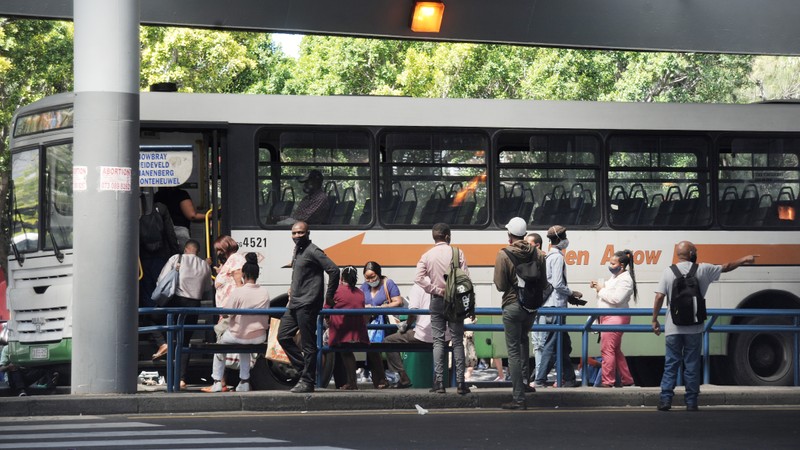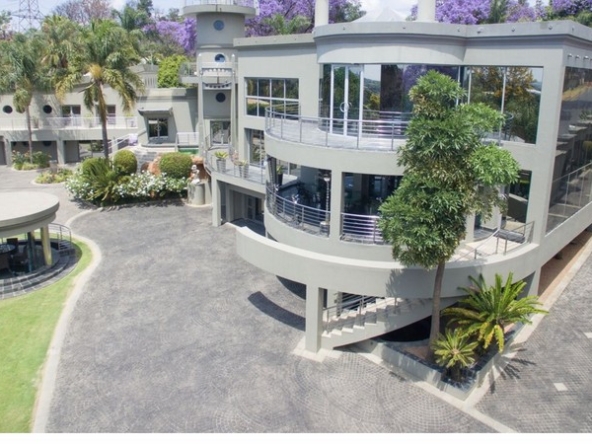The City of Cape Town’s Urban Mobility Directorate has updated the Comprehensive Integrated Transport Plan (CITP) that was approved by Council in 2023.
The CITP outlines the strategies and plans for the period 2023 to 2028 to improve transport in Cape Town, including access to a range of transport choices that are sustainable and dignified to keep Capetonians moving.
Residents and stakeholders are encouraged to submit their comments on the updated information by 19 October 2024.
The CITP aligns with the City’s Integrated Development Plan and Municipal Spatial Development Framework (MSDF) and indicates how it intends to create an integrated transport system; address spatial integration to improve the sustainability and efficiency of public transport services; lower the cost of travelling; and reduce the time residents use for commuting to their destinations.
The 2024 update that is now available for public comment will serve as a supplementary report to the approved CITP from 2023, which takes into account the current and future state of public transport, such as the demise and current slow recovery of passenger rail; the impact of remote working on commuter demand and longer term travel patterns; and climate change.
The updated CITP outlines the current status quo of transport services in Cape Town from demand to supply, inclusive of all transport infrastructure such as roads, walking and cycle lanes, minibus-taxi facilities and public transport interchanges, MyCiTi bus facilities, stops and stations, as well as information about the current public transport services – the minibus-taxi routes, MyCiTi routes, rail lines, and so forth.
The CITP reveals that 89% of commuter trips are made by road-based transport:
· Nearly 33% of all trips are made using public transport, with 95% of public transport users being in the low to low-middle income groups
· 57,5% of commuters use private vehicles to get to their destinations, which translates to 2 331 202 daily passenger trips
· 22,4% use minibus-taxis, which translates to 906 694 daily passenger trips
· 6,9% use contracted bus services such as the MyCiTi (62 000 daily passenger trips) and GABS (218 146 daily passenger trips)
· 1,3% use rail, with 53 000 passenger trips every day. This represents a marginal improvement over the past year
· Nearly 10% walk and cycle (395 605 trips per day), of which less than 1% cycle
· 2,2% use metered-taxi and e-hailing services (90 000 daily passenger trips)
· The busiest public transport interchanges are the Cape Town Station Deck (158 000 daily commuters); Bellville (108 000 daily commuters); and Khayelitsha (60 000 daily commuters)
· The City is responsible for a road network covering a distance of 10 304km; 178 footbridges; 444 road bridges; 11 rail bridges; 105 culverts; 7 364km of stormwater conduits and canals; and 1 500 signalised traffic intersections
· The dedicated red bus lanes used by the MyCiTi buses cover a distance of 67km
· There are 548km of cycle lanes across Cape Town
‘Given the current over-reliance on road-based transport, the report highlights the need for more funding for general road maintenance. Although about 75% of our roads are in a good condition, we will need approximately R1 billion per year to keep up with and increase our current road maintenance programme, and to reduce the existing maintenance backlog in the long-term,’ says the City’s Mayoral Committee Member for Urban Mobility, councillor Rob Quintas.
The updated CITP introduces the concept of ‘induced demand’ in the directorate’s transport planning insofar as it relates to new road infrastructure provision to alleviate traffic congestion.
Induced demand means that the more we increase road capacity to assist with alleviating traffic congestion, the more it will attract private vehicles to these roads until we once again reach the point where the new wider roads are also filled to capacity. This approach is unsustainable and not financially viable. Thus, we are looking at a policy shift that will bring a greater return on the high costs of expanding road capacity.
For example, when we spend money to increase road capacity, we do this for lanes or infrastructure that are reserved for public transport, which is aligned with the City’s objective of prioritising public transport. Thus, road capacity increases that are dedicated to public transport should be strongly, if not always, prioritised over those aimed at mixed traffic. In so doing, we will also be investing in quality public transport provision in Cape Town, and over time facilitate a modal shift from private vehicles to public transport services.
The CITP also details the interventions to improve spatial integration of land uses so that people can walk or cycle when the commute is over a short distance. The City is committed to supporting improved walking facilities in particular as public transport users walk the first and last mile.
‘The CITP supports the notion that public transport services and our road network should enable the efficient movement of people, goods and services so that our local economy can grow, we can attract investment, and improve our overall competitiveness as a business destination. The bigger our economy, the more jobs the private sector can provide, and with employment comes improved living conditions and standards, giving Capetonians hope for a better future. I encourage residents, interested parties, stakeholders and experts to peruse the CITP update and submit their comments,’ says Quintas.
How to comment:
· Residents and interested parties are encouraged to submit comments from 19 September to 19 October 2024
· Submit comment via www.capetown.gov.za/haveyoursay
· Send an email to Comprehensive.
In*********************@ca******.za
” id=”link-e6832265da8fa86e87e68a55915032ee”>
In*********************@ca******.za
· Submit written comments at any library, subcouncil office, or the Public Participation Unit, Foyer H on the 3rd floor, Cape Town Civic Centre, 12 Hertzog Boulevard, Cape Town



